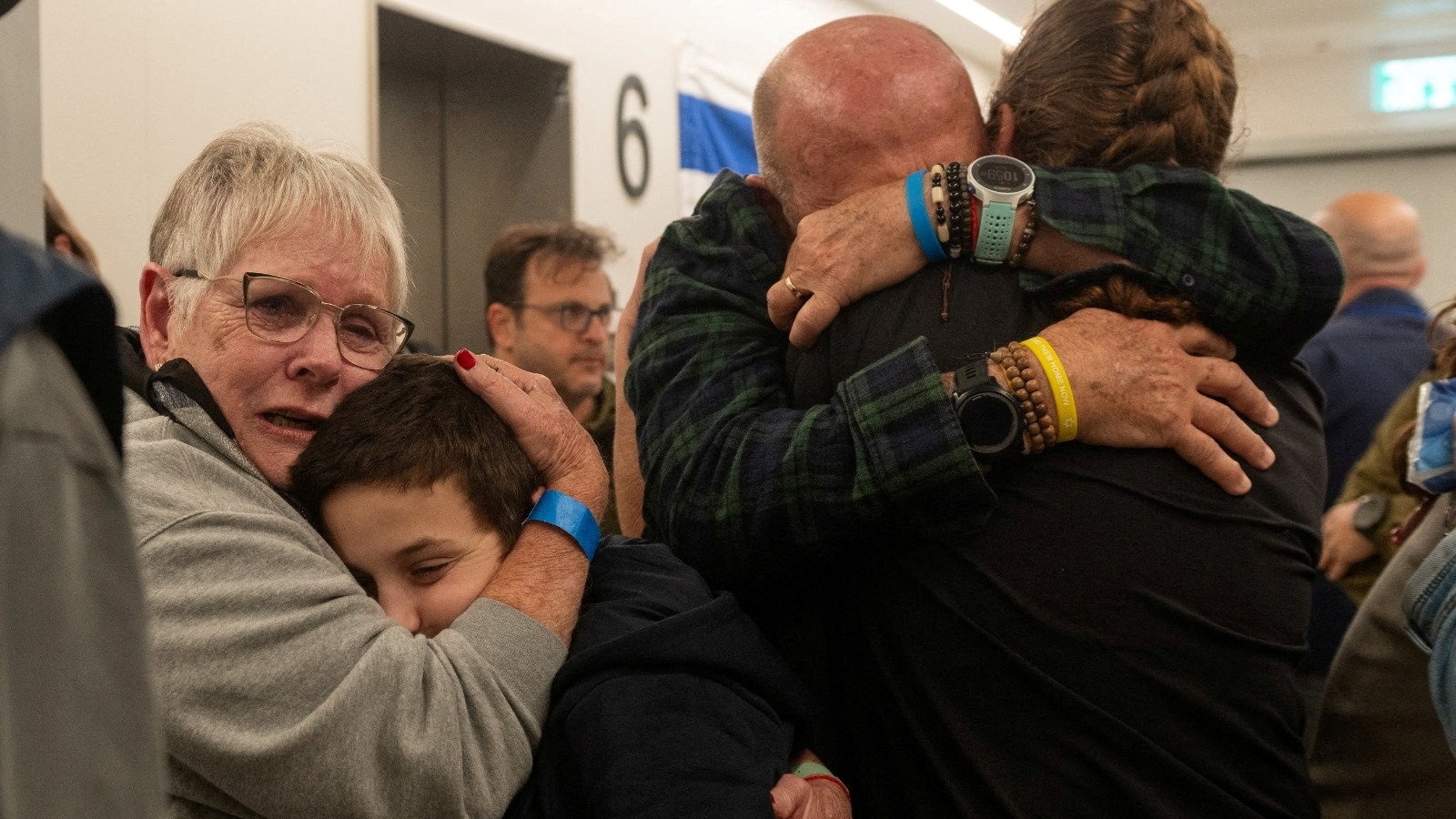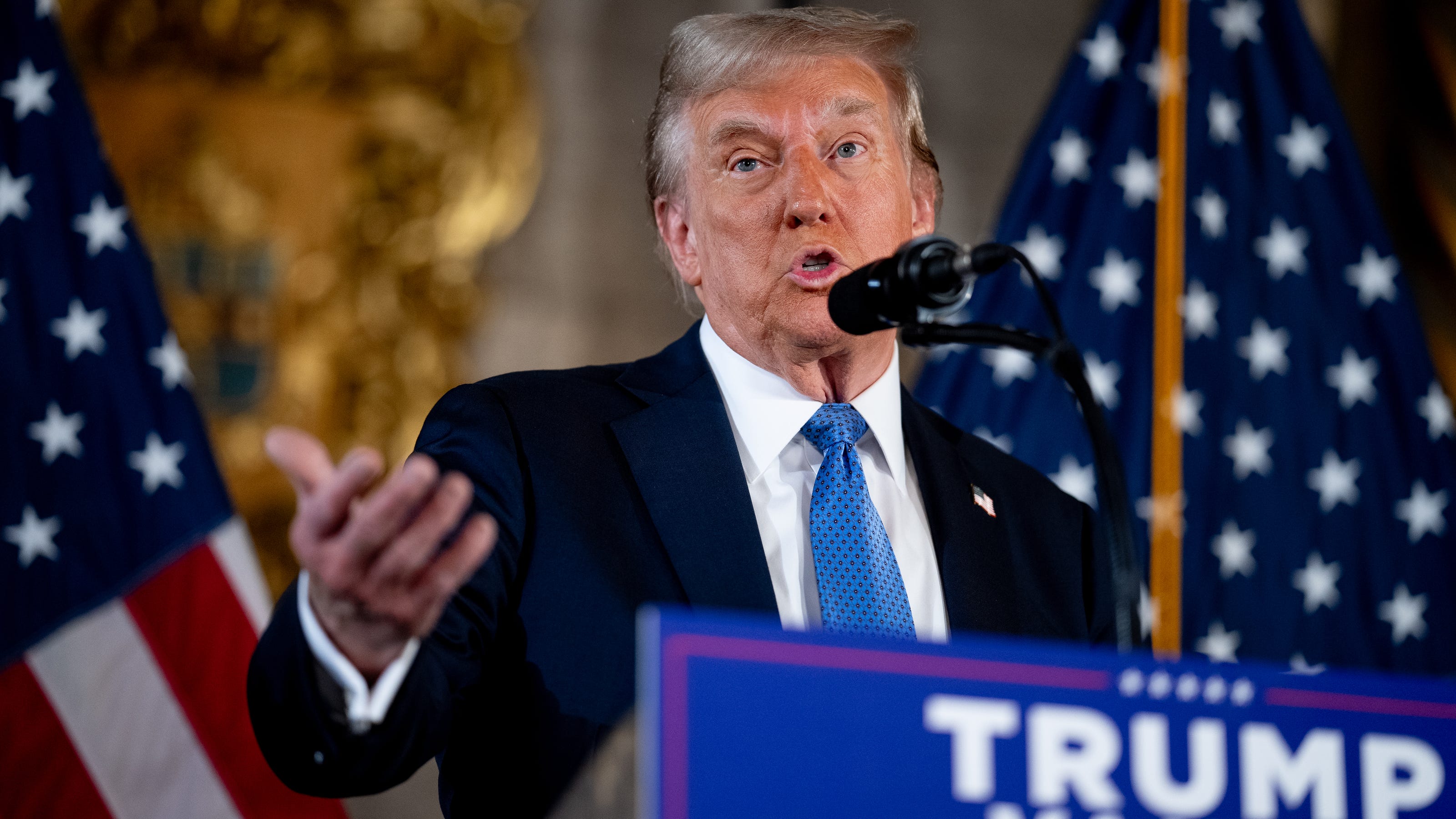The Hobbit: The Battle Of The Five Armies: Characters, Locations, And Key Moments

Table of Contents
Key Characters in The Hobbit: The Battle of the Five Armies
Thorin Oakenshield and his Company
Thorin Oakenshield, King under the Mountain, is arguably the central character of The Hobbit: The Battle of Five Armies. His journey throughout the trilogy is one of profound transformation. Initially consumed by greed and the desire to reclaim Erebor and its vast treasure, Thorin succumbs to dragon sickness, a metaphorical and literal affliction fueled by his obsession. However, he ultimately rediscovers his courage and leadership, sacrificing himself to protect his kin and his newfound friend, Bilbo Baggins.
- Thorin's transformation: From greedy king to courageous leader, his arc is a compelling exploration of redemption and sacrifice.
- The fate of the dwarves: The battle tragically claims the lives of several key dwarves, including Fili and Kili, Thorin's nephews, highlighting the devastating cost of war. The survival of others like Balin and Dwalin underscores the resilience of their company.
- Thorin and Bilbo's relationship: The unlikely friendship between the dwarven king and the hobbit is a core theme, deepening through shared experiences and mutual respect, ultimately ending with a poignant farewell.
Other Important Characters
Beyond Thorin and his company, several other characters play crucial roles in The Hobbit: The Battle of Five Armies. These supporting characters, while not always in the forefront, significantly contribute to the narrative's tapestry.
- Bard the Bowman: A skilled archer and a crucial figure in Lake-town, Bard's actions directly lead to Smaug's death, turning the tide of the war. His role goes beyond simply killing the dragon; he becomes a symbol of hope and leadership for the refugees of Lake-town.
- Alfrid: Alfrid's portrayal as a manipulative and cowardly character demonstrates the dark side of desperation and opportunism during wartime. His betrayal adds another layer of complexity to the conflict.
- Gandalf's Strategic Importance: Gandalf's strategic guidance and magical prowess prove essential in orchestrating the defense against the combined forces. His experience and wisdom are vital in uniting the disparate armies against a common enemy.
- Legolas and Tauriel's Limited but Significant Roles: Although their roles are relatively smaller compared to the main characters, Legolas and Tauriel's participation adds to the multi-faceted nature of the battle, representing the Elven contribution to the conflict and showcasing their individual fighting prowess.
Iconic Locations of The Hobbit: The Battle of the Five Armies
The Lonely Mountain (Erebor)
Erebor, the Lonely Mountain, stands as a symbol of dwarven resilience and their deep connection to their ancestral home. The visual impact of Erebor, majestic and imposing, is a key element of the film's aesthetic. The scenes within the mountain, from the vast treasure chamber to the intricate dwarven halls, showcase the grandeur of their civilization and the riches they fought so hard to reclaim.
- Architectural detail: The film's depiction of Erebor beautifully captures the grandeur and intricate details of dwarven architecture.
- The treasure chamber: The sheer scale of the treasure within Erebor visually emphasizes the dwarves' wealth and their loss.
Lake-town and its Destruction
Lake-town, initially presented as a bustling settlement, undergoes a dramatic transformation during the battle. The destruction of Lake-town serves as a powerful visual representation of war's devastating consequences, highlighting the plight of its innocent citizens and the immense scale of the conflict.
- Visual depiction of destruction: The burning city and the fleeing refugees create a powerful and heartbreaking image of war's brutal reality.
- Consequences of war: The destruction underscores the far-reaching impact of the battle on innocent lives.
The Battlefield
The battle itself takes place on a vast and diverse battlefield, reflecting the multiplicity of forces engaged in the conflict. The strategic locations on the battlefield—from the slopes of the Lonely Mountain to the plains below—impact the flow and outcome of the fighting.
- Scale of the battle: The sheer number of combatants from various armies (dwarves, elves, men, goblins, wargs) emphasizes the scope of the conflict.
- Strategic elements: The use of terrain and the deployment of forces showcase the tactical decisions made during the battle.
Pivotal Moments in The Hobbit: The Battle of the Five Armies
The Death of Smaug
The death of Smaug, the fearsome dragon, marks a crucial turning point in the narrative. Bard's skillful marksmanship, aided by the unexpected vulnerability in Smaug's underbelly, proves decisive in breaking the stalemate and freeing the dwarves to reclaim Erebor.
- Impact of Smaug's death: Smaug's death sets in motion the chain of events that leads directly to the Battle of Five Armies.
- Dramatic climax: The scene is a visually stunning and dramatic climax, showcasing the dragon's power and ultimate downfall.
The Battle Itself
The Battle of Five Armies is a spectacle of epic proportions, filled with intense action sequences and stunning visual effects. The arrival of unexpected reinforcements and the strategic decisions made during the fighting shape the battle's course.
- CGI and visual effects: The use of CGI and visual effects is essential in depicting the immense scale and intensity of the battle.
- Key moments: The deaths of key characters, including Thorin Oakenshield, highlight the sacrifices made during the conflict.
The Aftermath and Thorin's Legacy
The aftermath of the Battle of Five Armies is as important as the battle itself. The consequences of the conflict shape the future of Middle-earth and the lives of those who survived. Thorin's death, though tragic, solidifies his legacy as a king who ultimately redeemed himself.
- Consequences of the battle: The landscape of Middle-earth is irrevocably altered, and the lives of those involved are forever changed.
- Thorin's legacy: His sacrifice underscores his redemption and creates a lasting impact on the narrative.
Conclusion
The Hobbit: The Battle of Five Armies brings together iconic characters like Thorin Oakenshield and Bilbo Baggins, showcases breathtaking locations such as Erebor and Lake-town, and features pivotal moments that forever changed the landscape of Middle-earth. Understanding these key characters, locations, and moments is essential to fully appreciating the film's impact. Ready to delve deeper into the world of J.R.R. Tolkien? Rewatch The Hobbit: The Battle of Five Armies with a renewed appreciation for its intricacies, or explore other resources on The Hobbit and its characters. Learn more about The Hobbit: The Battle of Five Armies by searching online for further analyses and discussions!

Featured Posts
-
 Blgarskata Snimka Na Dzherard Btlr Koyato Razplaka Mrezhata
May 13, 2025
Blgarskata Snimka Na Dzherard Btlr Koyato Razplaka Mrezhata
May 13, 2025 -
 School Stabbing Funeral Arrangements For 15 Year Old
May 13, 2025
School Stabbing Funeral Arrangements For 15 Year Old
May 13, 2025 -
 Gaza Hostage Crisis A Prolonged Nightmare For Families
May 13, 2025
Gaza Hostage Crisis A Prolonged Nightmare For Families
May 13, 2025 -
 Trump Administrations Refugee Policy Impact On White South Africans In The Us
May 13, 2025
Trump Administrations Refugee Policy Impact On White South Africans In The Us
May 13, 2025 -
 Why Did Investors Sell Leveraged Semiconductor Etfs Before The Surge
May 13, 2025
Why Did Investors Sell Leveraged Semiconductor Etfs Before The Surge
May 13, 2025
